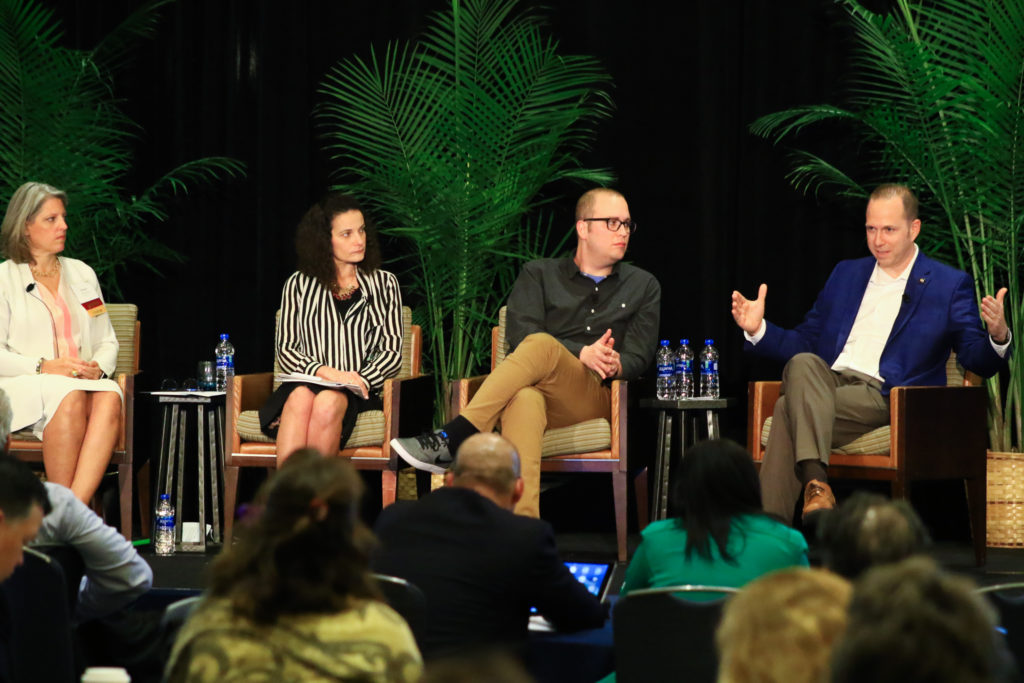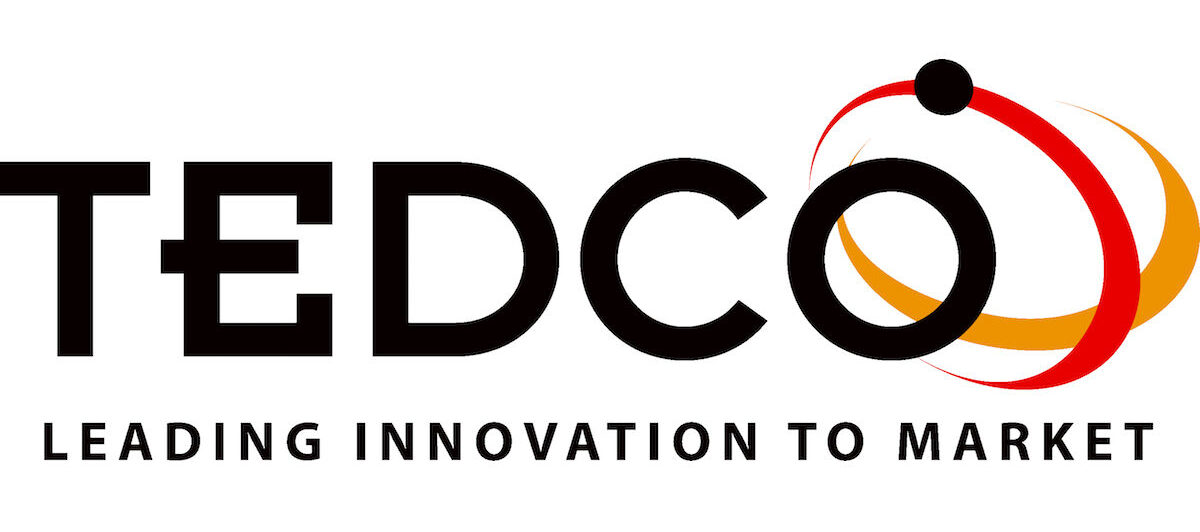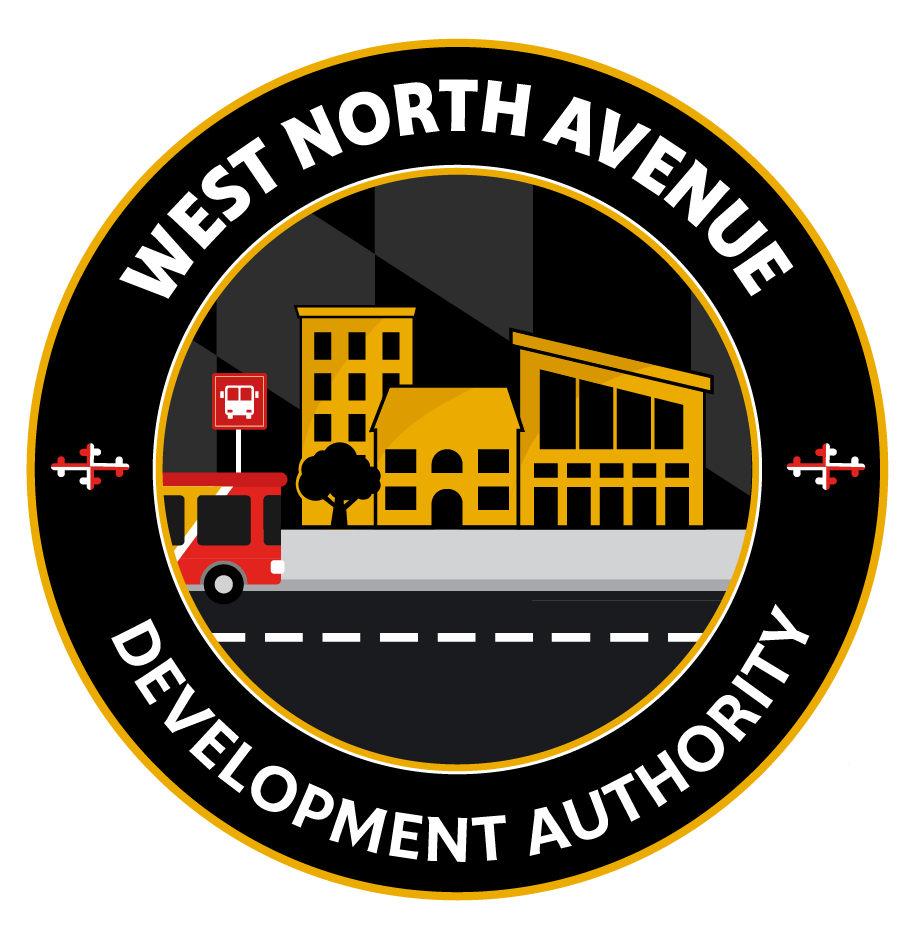Annual Conf Recap: Tools and Techniques for Telling Your Story
 So, you have a great story to tell, but how do you get your story in front of the right audiences?
So, you have a great story to tell, but how do you get your story in front of the right audiences?
Identifying the most effective tools and techniques for economic development professionals to use was the subject of a breakout group at the Maryland Economic Development Association’s 2018 Annual conference.
Moderated by Tracy Gosson, President of Sagesse, Inc., panelists shared their insights on staying relevant in a rapidly changing media environment and choosing the right tool for your audience.
It all begins with having a strategic plan, says Suzanne Fischer-Huettner, Publisher of The Daily Record. “If you don’t have a strategic plan behind it, it won’t work,” she added. Knowing the audience that you want to reach is vital. Her average print reader is in their mid to late 50’s in age. While print is an excellent companion to a strategic plan, the printed piece is an “evolved story,” says Huettner, and online content is more suitable for breaking news pieces or reaching younger audiences.
Dan Schepleng, President and Creative Director of the full service creative agency, Kapowza, stressed the importance of having quality content. In today’s world, everyone can be a publisher, he emphasized, so it is increasingly difficult to stand out. For that reason, Dan is a fan of video content. The barrier to entry is higher and will provide more opportunities for customer reach. Facebook Live, which requires very little in terms of production, can be effectively used to promote events, like business openings with great success.
If your communication strategy requires something more sophisticated, Matt Felton, President of DataStory Consulting demonstrated how data mapping can be an effective tool to “answer a question in the form of a map.” His advice is to find the story, tell the story, and then measure and monitor that. Data mapping combined with social media can be a powerful form of story telling because it enables the user to “play” with the data.
In the end, it could be summed up this way: Know your audience, pick the best tool to reach that audience, measure, monitor and repeat.
Dan added, “Always push the boundaries of what is working.”



